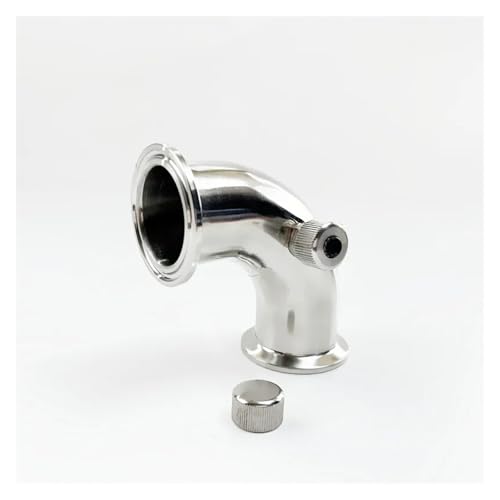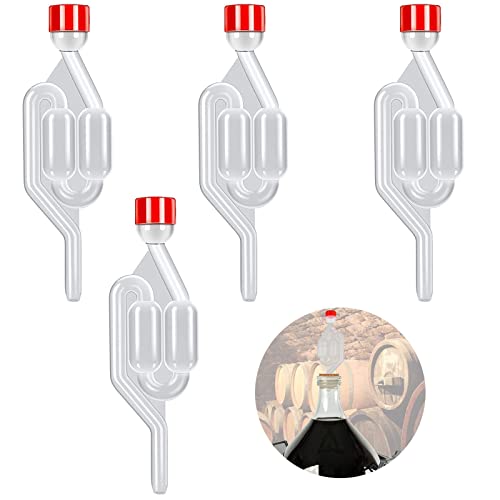teriyakimonkey
Active Member
- Joined
- Jan 5, 2012
- Messages
- 71
- Reaction score
- 0
I've drilled a hole to take an air lock in a fermenting bucket and have a question:
Do I have to put some water in it or will the foam put enough liquid in it?
Also when making a beer from a kit should I be aerating the wort by adding the water from height to give a good foam? I think I've read it makes it easier for the yeast to get to work.
Thanks.
:thumb:
Do I have to put some water in it or will the foam put enough liquid in it?
Also when making a beer from a kit should I be aerating the wort by adding the water from height to give a good foam? I think I've read it makes it easier for the yeast to get to work.
Thanks.
:thumb:










![BREWING THERMOMETER STICKERS ACCURATELY MONITOR FERMENTING BEER & WINE LIQUID TEMPERATURES 5PCS HOME BREW SPIRITS WINE LCD ADHESIVE [US]](https://m.media-amazon.com/images/I/311DDjo2X3L._SL500_.jpg)





























